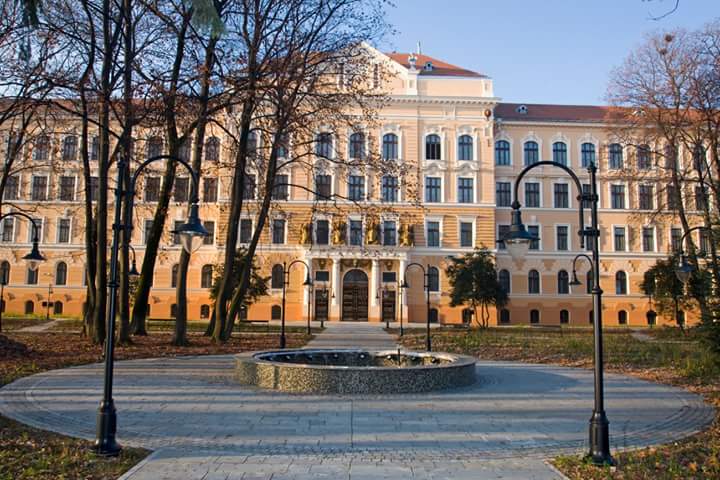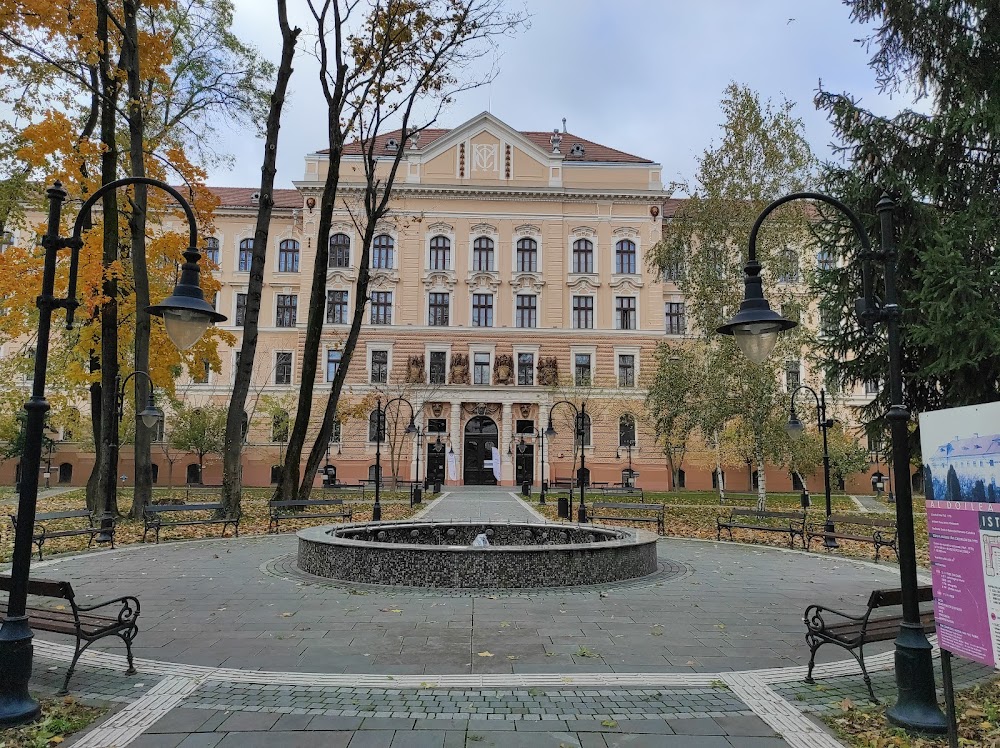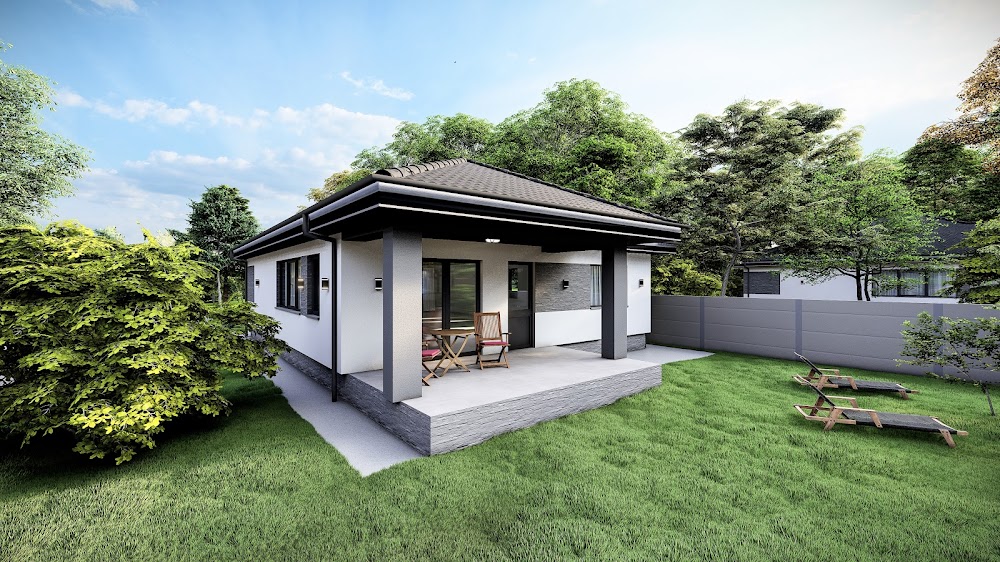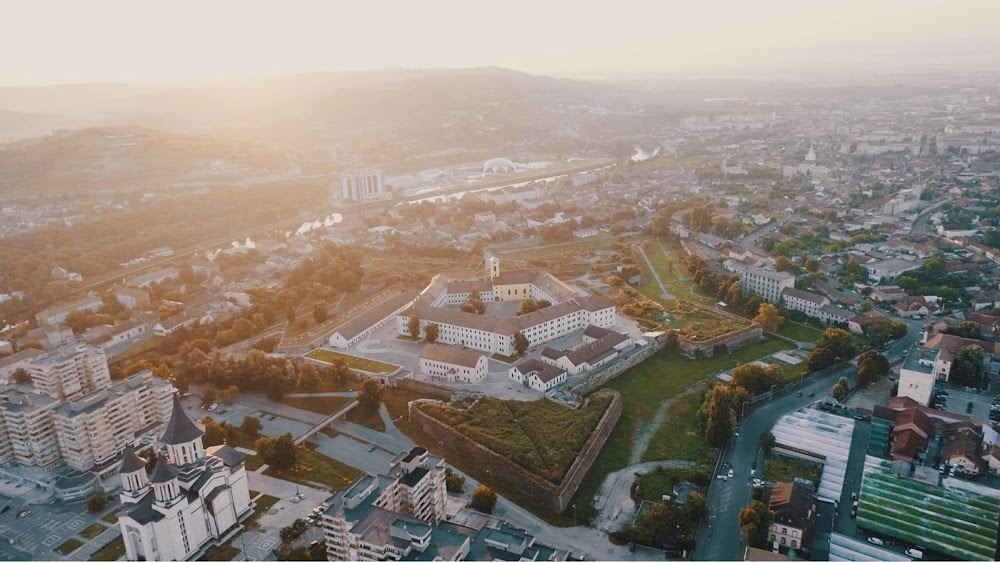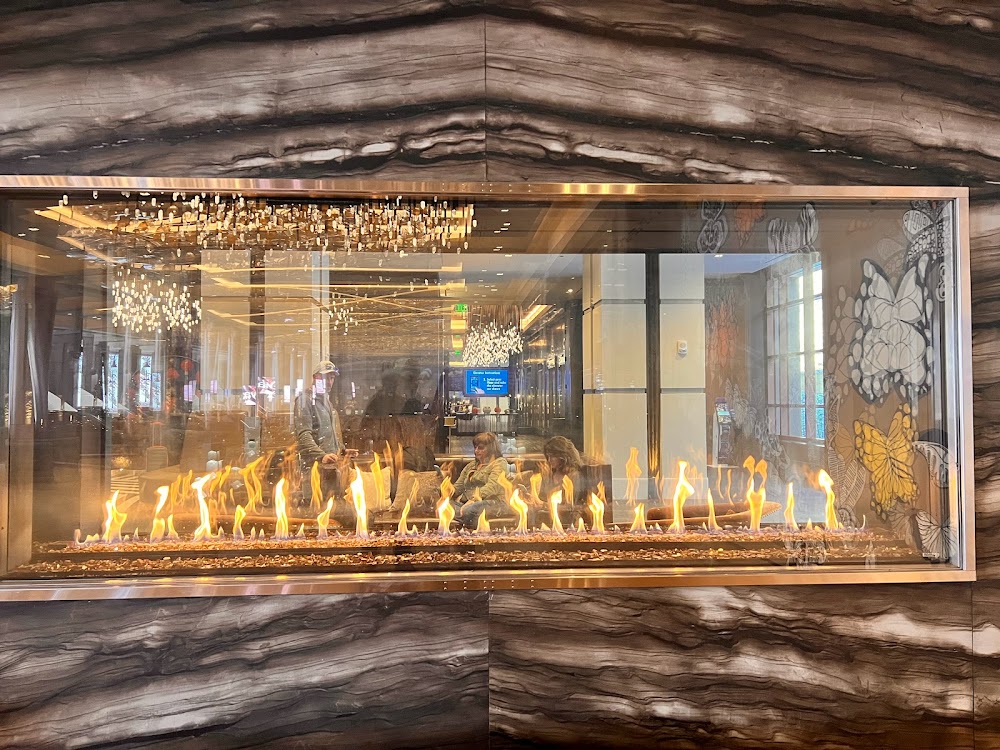Tarii Crisurilor Museum (Muzeul Țării Crișurilor)
Overview
The Țării Crișurilor Museum, located in Bihor County, Romania, stands as a premier cultural institution that beautifully showcases the richness and diversity of the region’s heritage. With its captivating history and impressive array of exhibits, it is a must-visit destination for anyone eager to explore the cultural tapestry of Romania.
Founded in 1952, the museum was established to preserve and promote the historical, cultural, and natural heritage of the Crișana region. The name "Țării Crișurilor," which translates to "The Land of the Criș Rivers," reflects the area’s geographical landscape sculpted by the Crișul Repede, Crișul Negru, and Crișul Alb rivers. This unique setting adds depth to the museum’s mission to celebrate local identity and history.
Initially housed in various locations, the museum found its permanent home in the historic Pasztory Palace in the early 1970s. The elegant neoclassical architecture of this building provides an ideal backdrop for the museum’s extensive collection. Over the years, the museum has expanded its exhibits to encompass a wide range of artifacts from different time periods and fields of study, including history, ethnography, natural sciences, and art.
In 2012, construction of the museum’s current location, formerly the Soviet Army headquarters, began in earnest. This redesign was driven by the need to modernize and expand the museum’s facilities, aligning them with contemporary standards for display and conservation. The new venue offers spacious and accessible spaces for both permanent and temporary exhibitions, reflecting a significant investment in the cultural infrastructure of Bihor County, supported by local and national funding.
Today, the Țării Crișurilor Museum boasts several thematic sections that provide a comprehensive overview of the region’s heritage. The history section features archaeological finds, medieval artifacts, and items illustrating the region’s development across various historical epochs, from prehistoric times to the modern era.
One of the museum's highlights is its ethnography collection, showcasing traditional outfits, tools, and household items from the Crișana region. These exhibits offer valuable insights into the daily lives, traditions, and customs of local populations over the centuries. Visitors will marvel at intricately embroidered garments, traditional wooden furniture, and beautifully crafted ceramics, all of which tell a compelling story about the region’s cultural legacy.
Nature enthusiasts will find the natural sciences section particularly thrilling, with comprehensive displays of the region’s flora and fauna. Here, visitors can explore taxidermied animals, geological samples, and expansive dioramas that recreate local ecosystems, providing a fascinating glimpse into the biodiversity that characterizes Bihor County.
Art lovers will not be disappointed, as the museum features an impressive art collection, showcasing works from notable Romanian artists, ranging from classical to contemporary pieces. The museum regularly hosts temporary art exhibitions, allowing visitors to experience the latest trends in Romanian and international art.
Over the years, the Țării Crișurilor Museum has evolved into a vibrant hub for cultural events and educational programs. The museum frequently organizes lectures, workshops, and guided tours to foster a deeper understanding and appreciation of the region’s cultural and natural heritage. Collaborations with schools, universities, and cultural organizations ensure that the museum remains an integral part of the community.
The continuous development of the Țării Crișurilor Museum underscores its commitment to preserving and sharing the rich heritage of the Crișana region. It is more than just a repository of artifacts; it is a living institution actively contributing to the cultural life of Bihor County and beyond. Whether you are a history buff, a nature lover, or an art enthusiast, the museum offers a fascinating and enriching experience for all its visitors.


